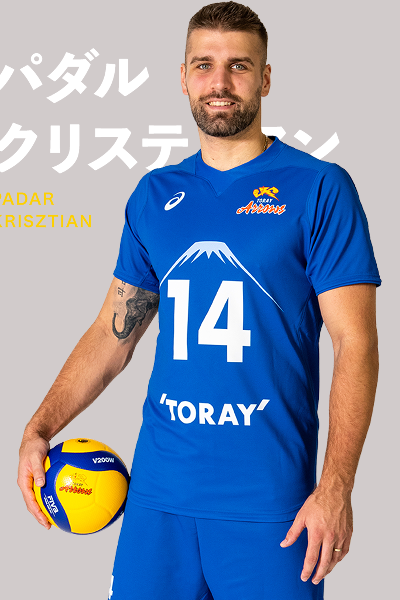

The current Hungarian men’s national team also features a player playing in Asia. Playing in the Japanese top division Krisztián Pádár has had his fair share of success: he was the best scorer of the 2021–2022 season playing for the Toray Arrows, and also netted the best server title with 519 ace serves – a championship record.
The first Hungarian football player to choose the east instead of the “usual” west was Péter Vörös of Haladás signing with Lokomotiv Tashkent of Uzbekistan in 2009. And heads really turned when Ukrainian‑born Hungarian national team player Vladimir Koman signed with Iranian side Sepahan in 2018 having played club football in Italy, France, Russia and Turkey. His team finished 2nd in that season. Koman then ventured on a tour‑of‑Asia: he spent the next season with al‑Hatta in the United Arab Emirates followed by a season in India with Chennaiyin FC. Returning home, he now plays for the Hungarian side Diósgyőr.
Today only one player is representing Hungary in Asia: Martin Ádám. The top goal scorer of the 2021‑2022 Hungarian first division was signed from Paks FC to South Korean side Ulsan Hyundai FC, the current favourite to win the K League 1. His signing with the Korean team was not free of controversy, as there were legit reasons both for and against the move. But it would be a huge mistake to think of the top flight of the Korean football league as any kind of downgrade. Both the league and national team of South Korea top Hungary in their respective rankings. Also, Ádám is by no means the first Hungarian player to try his luck in South Korea. In the 1990s no less than seven of them played there, and even in the 2010s one could see Hungarian names pop up on the player rosters of Korean teams. In fact, Ádám was signed by Ulsan to replace fellow countryman Márk Koszta, in 2022.
And if we take a look at Hungarian coaches who managed Asian national teams and allow ourselves to look back further than the past two decades, we can safely claim that no less than 15 Asian countries have seen their national teams managed by Hungarians over the years. These include Bangladesh, Myanmar, Pakistan, Kuwait, Iran, North Korea and Saudi Arabia; more recently, in the 2000’s the national teams of Malaysia and the Maldives were managed by Hungarian coaches.
One major football scene has so far remained impervious to Hungarian presence however: Japan. So, if anyone feels like making Hungarian sport history... the door is open.